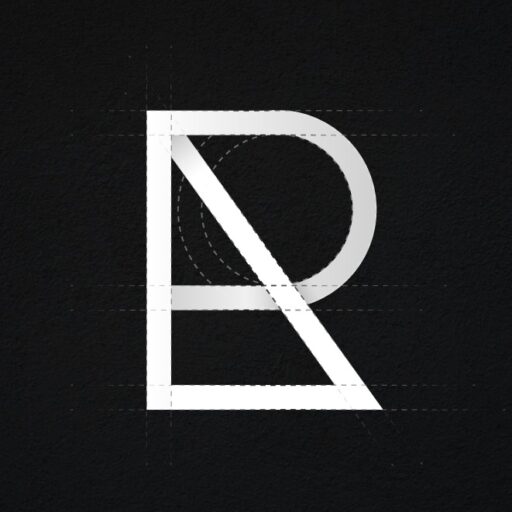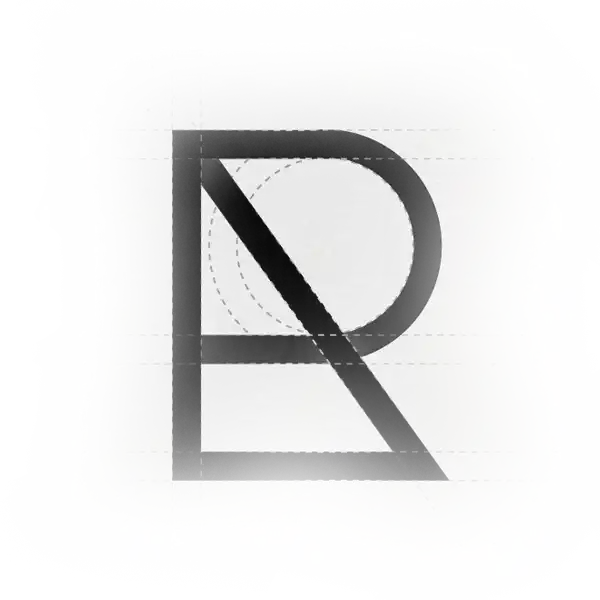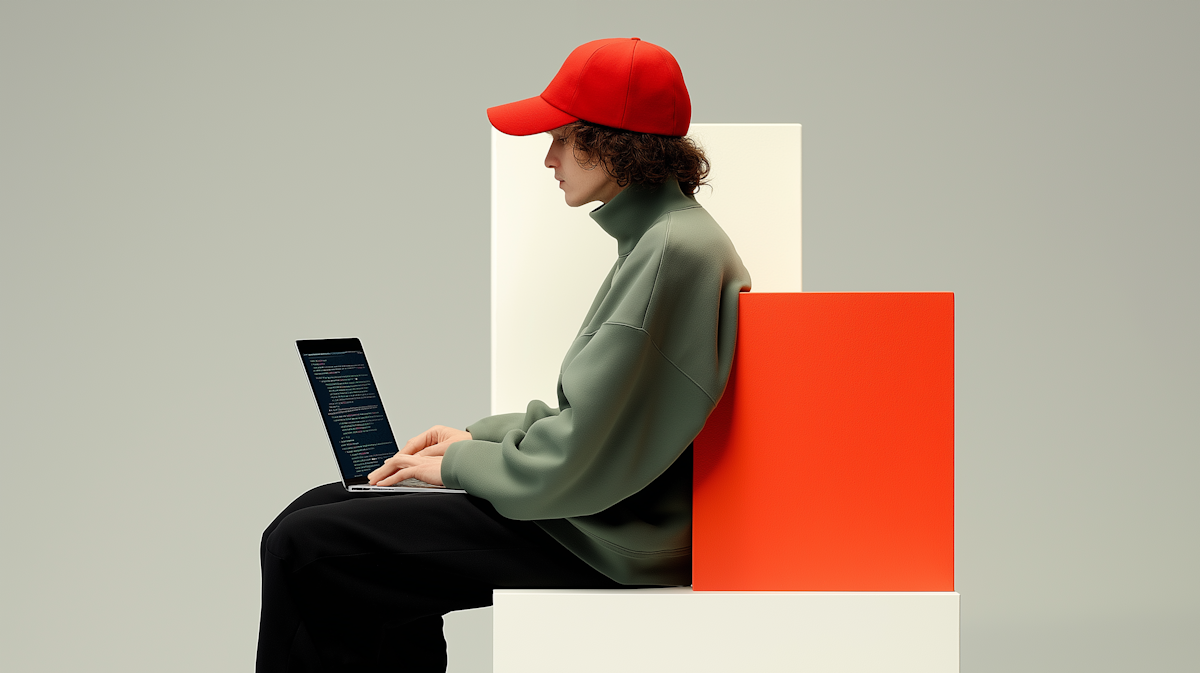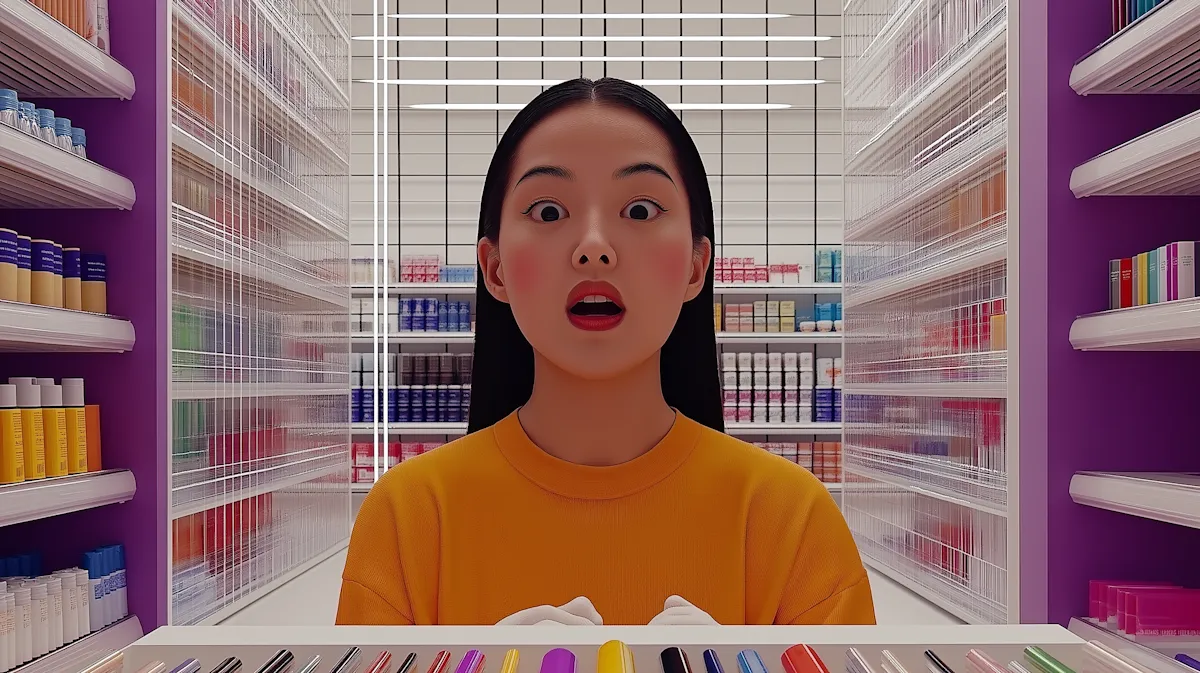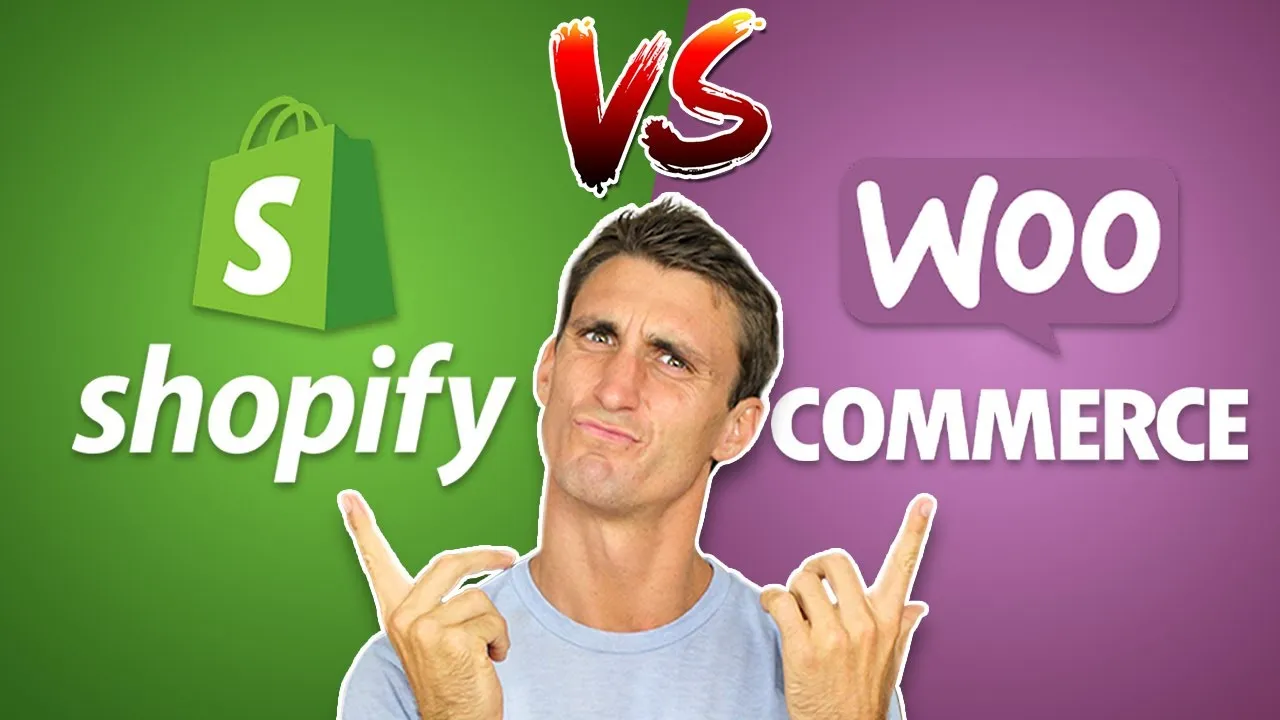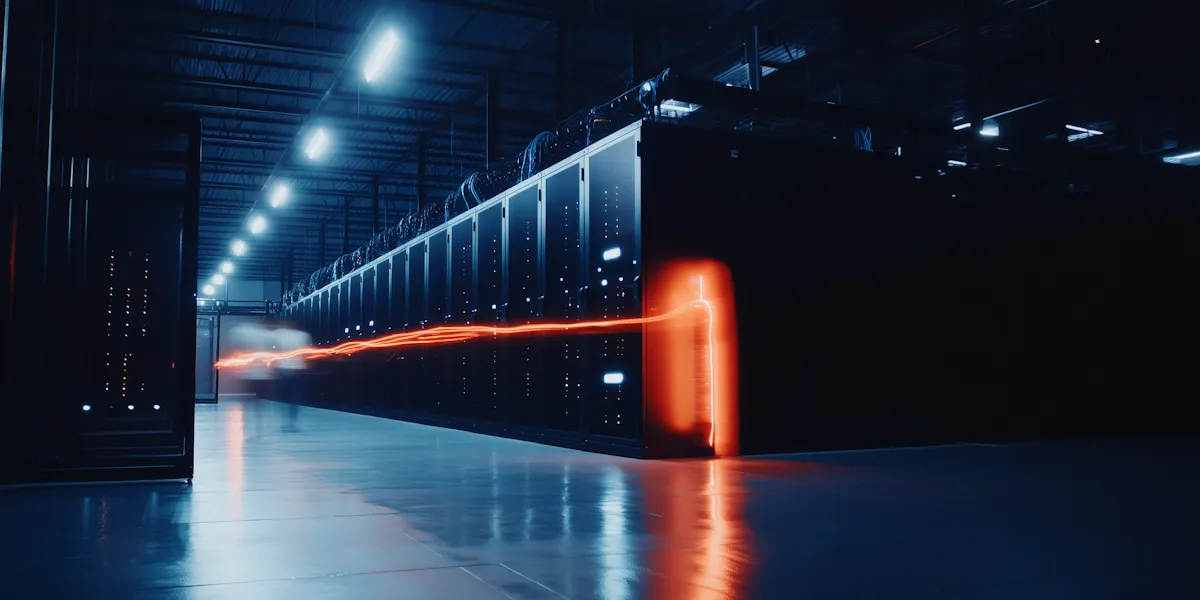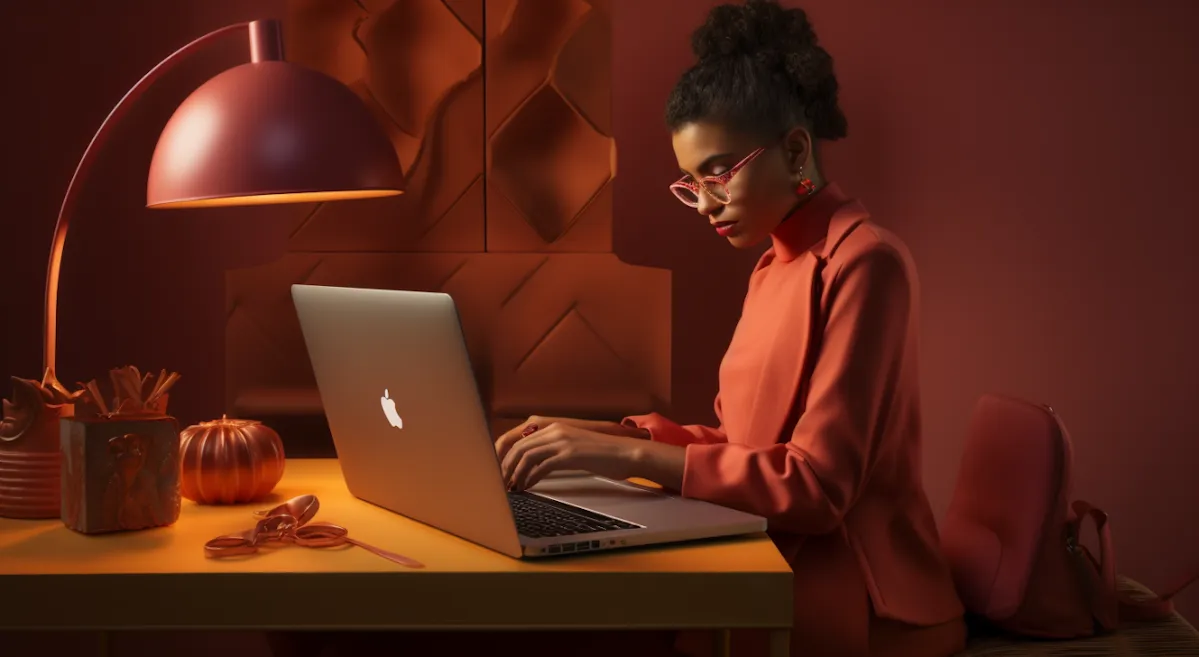Every year brings its share of innovations, but some are more significant than others. In 2025, you will see profound changes in the way sites display and communicate. Your audience no longer expects just an aesthetically pleasing site. They want a fluid, engaging and consistent experience. So let's get started, the web design trends of 2025 are much more than a passing fad: they reflect the real expectations of users and technological developments.
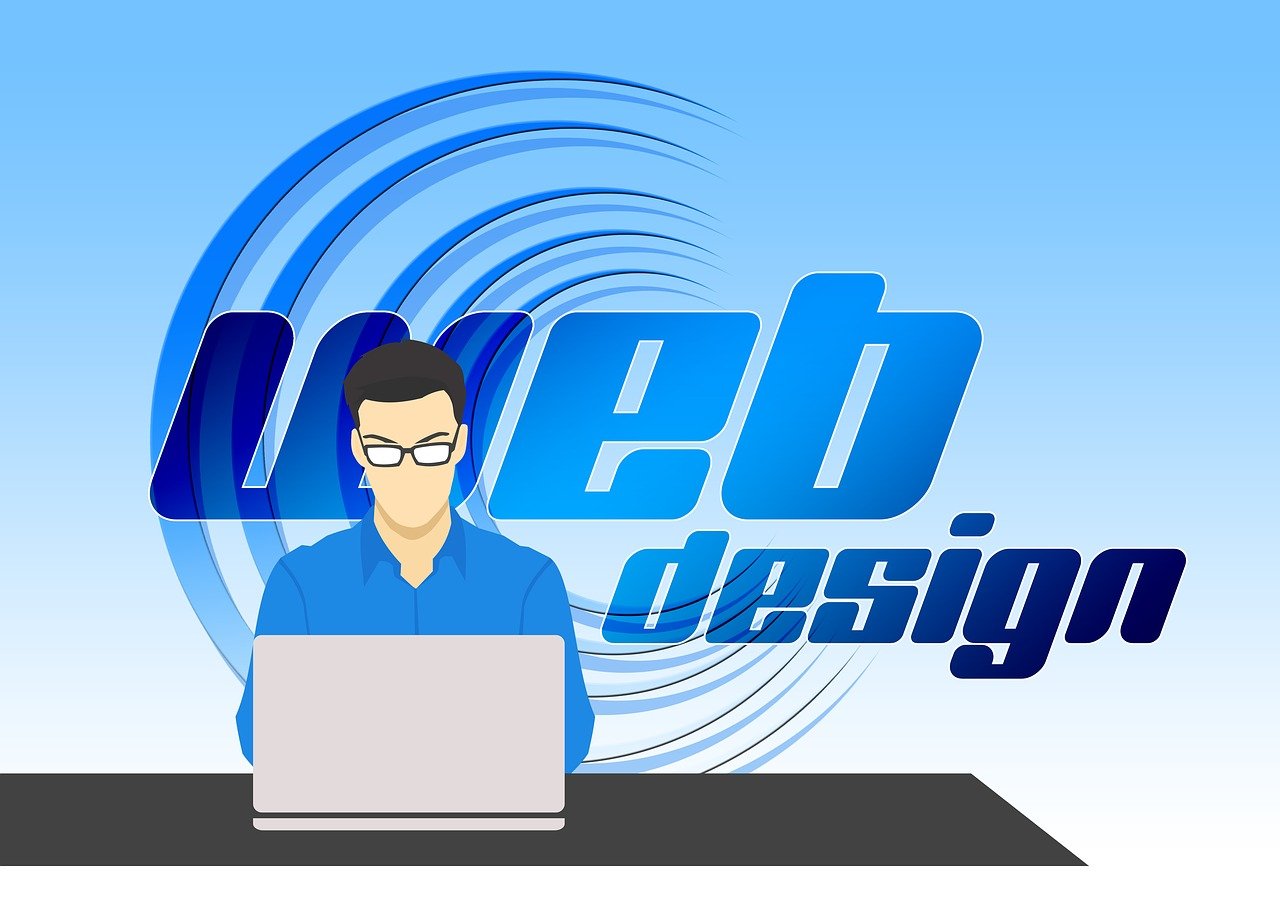
Why talk about web design trends in 2025?
You might think that design is a matter of taste. In reality, it has a direct influence on your visibility, credibility and conversions. Visitors decide in a matter of seconds whether or not to stay. If your site looks dated, you lose their trust.
Observe web design trends helps you stay in tune with what your visitors are looking for. It's also a way of showing that your brand is attentive to developments, both technical and aesthetic.
Web design trends and the importance of speed
A slow site is an abandoned site. In 2025, performance remains at the heart of design. Clean interfaces dominate, not only for aesthetic reasons, but above all to speed up loading. Visuals that are too heavy are replaced by optimised elements, with no loss of quality.
You will need to work with images in modern formats such as Web P and reduce unnecessary scripting. Speed is no longer a bonus, it's a condition of survival. It is an integral part of the web design trends of 2025.
Emotional minimalism
Minimalism has been around for many years, but it's evolving. In 2025, it's no longer about removing anything that sticks out, but about creating emotions through fewer elements. Colours play a central role: sober palettes, subtle contrasts, use of light and precise gradations.
You need to think about the essentials. Every button, every word and every image must have a clear role. This emotional minimalism is part of web design trends that add depth without weighing down the experience.
Artificial intelligence integrated into design
AI is no longer a simple image generation tool. In 2025, it will become a designer's companion. Websites will incorporate adaptive systems capable of modifying the layout or colours according to the user's behaviour.
You could, for example, see a site that adjusts the brightness of its interface according to the time of day, or that proposes different page layouts depending on the profile detected. This type of adaptation makes AI a key element in the web design trends of 2025.
Expressive and accessible typefaces
Typography is not just an aesthetic choice, it's a voice. In 2025, you'll see bolder typefaces that are also designed to be accessible to everyone. Inclusive fonts, adapted for dyslexic or visually impaired people, will become more common.
You need to choose typefaces that support your message while respecting legibility. A beautiful typeface that is poorly adapted loses its meaning. Here again, consistency with your brand identity is essential.
Micro-interactions and discreet animations
The days of heavy animation are behind us. Micro-interactions are now the order of the day. These are the subtle little movements that bring a button, icon or menu to life. You click, a detail reacts, and you feel a connection with the site.
These details are part of web design trends because they enhance the user experience without slowing down the page. A modern site in 2025 is not a site that moves everywhere, but a site that reacts intelligently.
Personalising the experience
Your audience doesn't want a generic site. They want to feel recognised. In 2025, personalisation is no longer just a first name in an email. It's directly integrated into the design.
You could display a different layout depending on your geographical location, language or even the device you are using. This dynamic personalisation is a pillar of the web design trends of 2025. It transforms a simple site into a unique experience.
Inclusive and sustainable design
A modern website must be accessible to everyone, regardless of disability or technical constraints. In 2025, accessibility standards take centre stage. You need to think about contrasts, font sizes and keyboard navigation.
Sustainability also counts. Designs that consume fewer IT resources, that favour energy-efficient choices, are part of a sustainable approach. web design trends. This reflects an ethical commitment that is increasingly expected by users.
Immersive aesthetics
Augmented reality and 3D are no longer the preserve of big budgets. Thanks to new tools, websites can now offer immersive experiences that are accessible to everyone. Imagine a customer who can view a product in 3D directly in their browser, without any additional plug-ins.
This immersion is part of the web design trends of 2025It transforms browsing into an interactive experience. You're no longer showing a product, you're inviting your visitor to explore it.
Colours and psychological contrasts
In 2025, the choice of colours is even more strategic. You don't choose a shade because it's fashionable, but because it influences a specific emotion. Soft contrasts inspire confidence, bright gradations evoke energy and optimism.
So you need to understand the psychological impact of each colour. This emotional approach ties in with web design trends that put the user at the centre.
Conclusion
So what will your website look like in 2025? It will be fast, clean and emotional. It will incorporate touches of artificial intelligence, offer discreet micro-interactions and respect accessibility. It will play with typography and colour to arouse specific emotions.
These choices are not fads, but responses to your visitors' expectations. It's up to you to decide how to apply them. the web design trends of 2025 to your project. By taking into account speed, accessibility, personalisation and emotion, you'll build a site that's capable of seducing and convincing at the same time.
